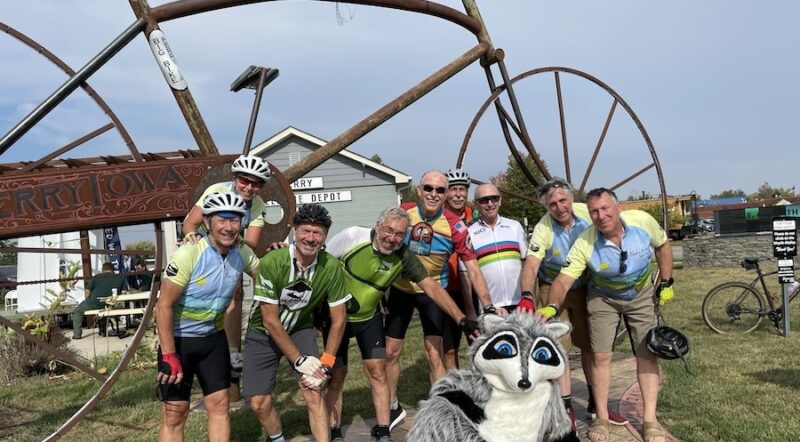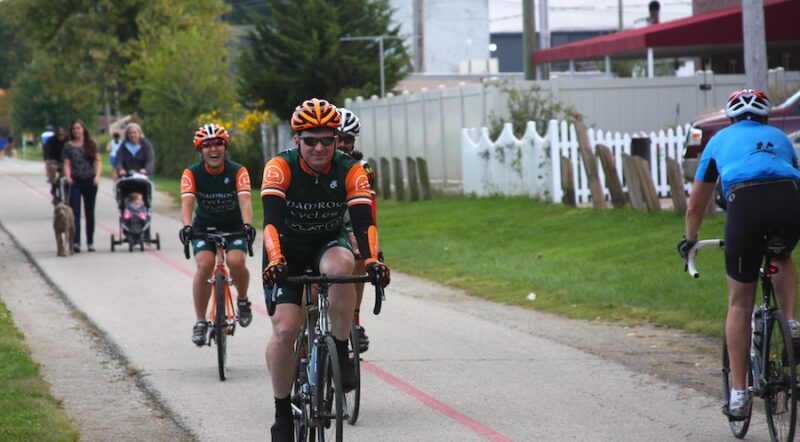Federal Grants RAISE the Bar for Active Transportation Investments
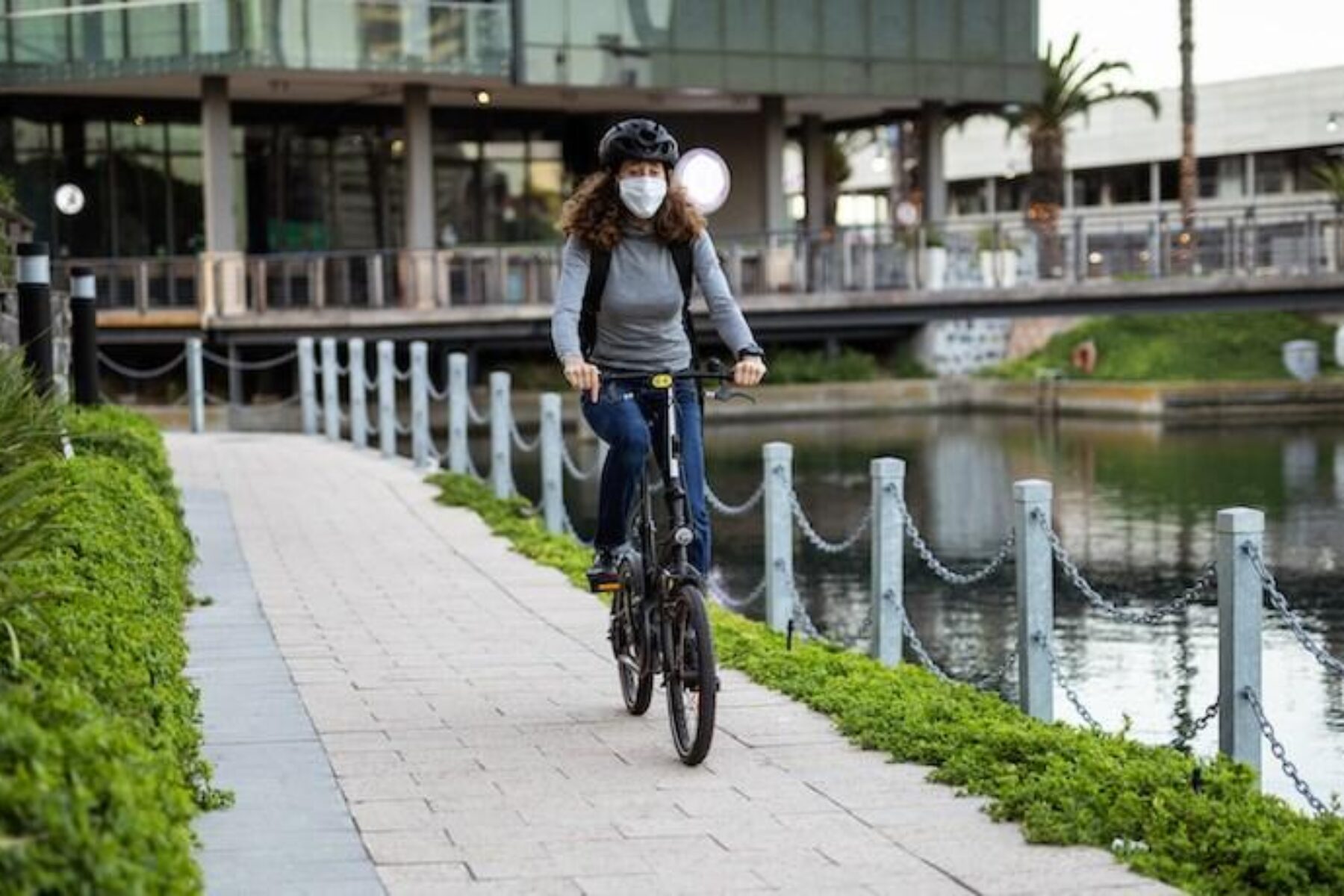
Federal policymakers increasingly are taking notice of a rising demand for trails, walking and biking. Most recently, the U.S. Department of Transportation (USDOT) announced an unprecedented investment in projects that advance trail and active transportation infrastructure through its competitive, multimodal Rebuilding American Infrastructure with Sustainability and Equity (RAISE) program (formerly known as TIGER under the Obama Administration and BUILD under the Trump Administration).
Transportation Secretary Pete Buttigieg announced nearly $1 billion in RAISE grants this cycle, with an emphasis on those that “that will improve infrastructure, strengthen supply chains, make us safer, advance equity, and combat climate change.” The process was extremely competitive, with only about 1 in 10 applicants receiving awards.
Projects that were solely or mainly about trails secured 19% of the overall funding, and projects that were predominantly to make roads safer for vulnerable road users like bicyclists and pedestrians secured another 21% of the funding. Many of the successful projects focused on increasing connectivity to routine destinations, which is also a key trend among communities building out their trail and active transportation networks.
This remarkable level of funding for trails, walking and biking underscores the critical role of active transportation infrastructure in providing safe, equitable walking and biking routes—an essential activity to enable more people to walk and bike where they need to go, reducing transportation-related emissions.
The Transformative Power of Safe, Equitable and Connected Active-Transportation Infrastructure
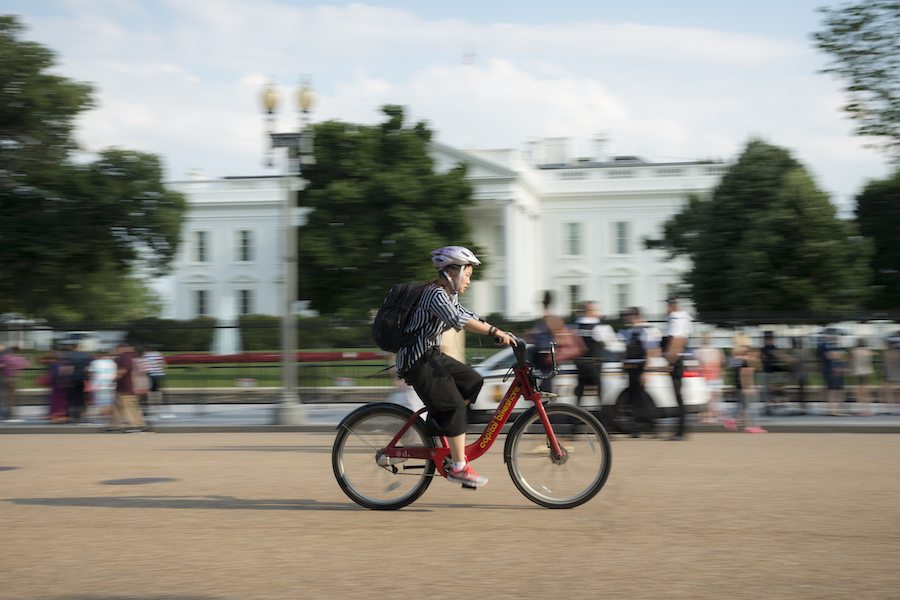
USDOT’s recently announced RAISE grants illustrate that connecting trails and making streets safer are critical national transportation priorities in an era of rising pedestrian and bicycle fatalities, alarming climate change and inequitable access to jobs.
Half of the trips people take in a vehicle in the United States are within a 20-minute bike ride, and one-quarter are within a 20-minute walk. Research shows that by connecting active transportation infrastructure, we can make it convenient and safe for more people to make more of these trips by bike, foot or wheelchair. Shifting short trips to walking and biking by investing in connected active-transportation systems has the potential to deliver significant outcomes nationwide. This includes:
- Generating more than $138 billion in economic value annually—including new jobs and direct spending across rural, urban and suburban communities
- Cutting transportation emissions by 54 million metric tons of CO2 each year
- Addressing the growing racial disparity in fatalities and serious injuries among pedestrians and people on bikes by providing safe active-transportation routes, separated from vehicle traffic
Closing the Funding Gap for Trail and Active Transportation Networks
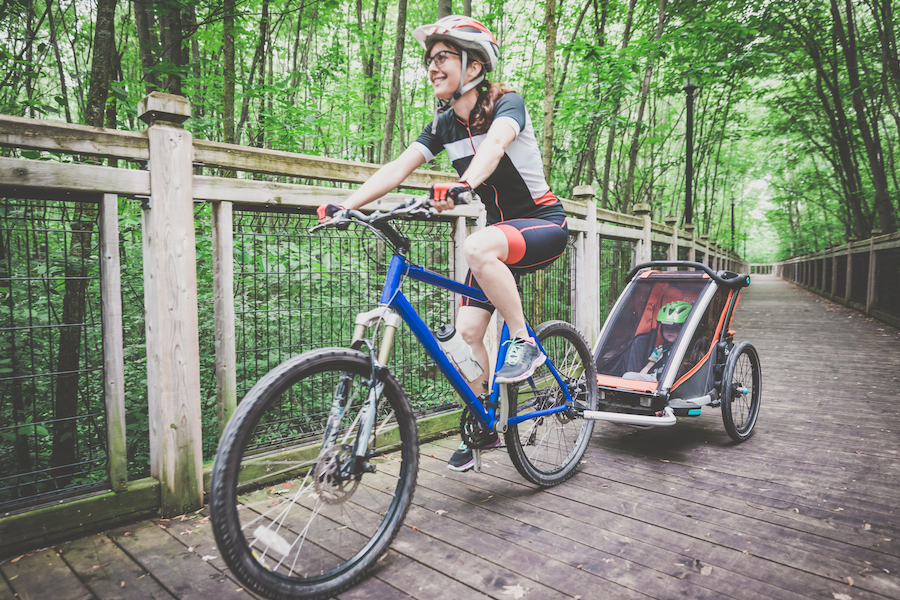
Significant demand exists to advance investment in active transportation networks that provide opportunities for safe walking and bicycling to daily destinations and that address climate change by shifting trips to carbon-free transportation options.
Existing plans to fill strategic gaps in regional trail and active transportation networks will collectively require billions of dollars in new investment. Alongside the newest RAISE grants, the demand for and readiness of projects that seek to create and connect active transportation infrastructure can be seen clearly through the earmarks process that was led by the U.S. House of Representatives Committee on Transportation and Infrastructure. Though ultimately unfunded in the final infrastructure bill, over $1 billion of the member designated projects approved by the House (18% of the total) had a significant or sole focus on active transportation.
While the Infrastructure Investment and Jobs Act includes $7.5 billion in supplemental funding over five years for RAISE—a substantial increase given a $1 billion appropriation in fiscal year 2021—these resources are not specific to trails and active transportation. When active transportation projects are forced to compete against traditional transportation infrastructure (e.g., roads and bridges, transit and rail, and ports) for funds that are massively oversubscribed, many communities, especially those most in need, find it very difficult to undertake the expense of applying. Given the strong demand for active transportation and the need to deliver affordable mobility to those who need it most, there is urgency in securing the dedicated funding that’s required to realize the potential of connected trail and active transportation systems nationwide.
Analysis: Bipartisan Infrastructure Bill Passes With New Opportunities for Trails, Walking and Biking
The infrastructure bill authorizes an innovative new policy, the Active Transportation Infrastructure Investment Program, at $200 million per year, recognizing the need for larger, more concentrated federal grants to connect existing walking and biking facilities together into a system that makes it practical to get to destinations by bike or on foot. While the USDOT’s unprecedented current commitment to fund projects that make it safer and more equitable in communities to walk and bike marks the beginnings of a seismic shift in priorities—finally putting people first and taking steps toward a balanced transportation system—funding that is guaranteed and ongoing will be necessary to sustain such a transformation.
One key piece of unfinished business in the infrastructure bill is to secure funding for these new active-transportation grants. That’s what it will take for states and municipalities to plan how best to put these dedicated funds to work to complete the nation’s trail and active transportation system. RTC is already advocating in Congress and to the administration to unlock these resources as quickly as possible.
There is strong momentum on the side of trails, walking and biking. As we move forward, we’ll need to harness that momentum so we can get more people walking and biking more often. Our communities and the planet are counting on it.
The Bipartisan Infrastructure Law includes some changes to familiar programs and adds new funding opportunities for trails and active transportation. RTC’s resources offer the latest information to assist in identifying appropriate potential federal funding opportunities for your trail and active transportation projects and taking the necessary actions to successfully apply for these opportunities.

Donate
Everyone deserves access to safe ways to walk, bike, and be active outdoors.

